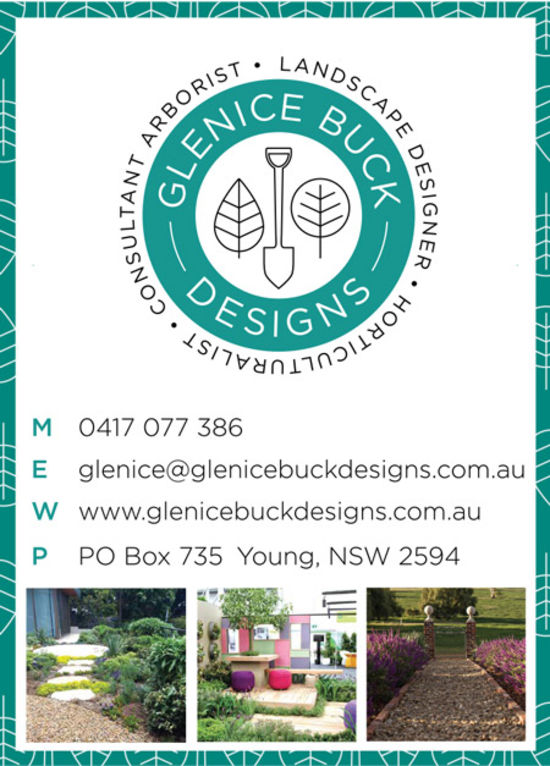Following on from previous article in our Edible Garden Series creating an edible garden part 1
Step 2 – The design or layout of your patch
Vegetable gardens can be any size or shape. You can plant them out in purpose built raised beds, in pots, old fruit crates or even old corrugated iron tanks. You can really use any vessels that can hold soil and have a drainage hole. If you don’t want to have the veggies growing in a defined garden, you can space them out throughout existing garden beds. Vegetables themselves are quite beautiful in their own right, so they would be a lovely addition to other ornamental plants. You need to think about if you want a defined garden or do you want to grow veggies throughout your garden? There are pros and cons for both ideas.
You can dedicate an entire space to being a vegetable garden where you have the beds, the compost bins, worm farms, potting up benches, glasshouse etc or you can plant out veggies amongst your existing perennials and shrubs.
What are the advantages of having a dedicated area as a vegetable garden?
- More formal space – more organised and possibly easier to maintain
- Use the space to its entirety
- Grow more – plants are planted out in neat rows – these will be easier to weed if planted out in rows
What are the disadvantages of having a dedicated area as a vegetable garden?
- Need more room
- Lose space for other plantings
What are the advantages of having veggies amongst your existing garden plantings?
- Existing mini ecosystem to work in and around – some protection from wind and sun
- Informal look
- Takes up less space
What are the disadvantages of having veggies amongst your existing garden plantings?
- Harder to maintain a range of veggies amongst other plants
- Can look a bit untidy as crops finish – look scrappy while rest of garden looks good
- Leaves gaps
What if you just have a balcony, terrace, veranda or small courtyard?
- Never forget about your vertical space
- In a small space, use climbing plants on the vertical space such as walls, fences and trellises– things such as beans or in warm season tomatoes, even cucumber and zucchinis will work in big pots
- Also, just think about the type of vegetables you want to grow and how big they get when they are mature e.g. a globe artichoke might not work on a tiny balcony
Layout Ideas
If you do want to have a dedicated area in the garden for growing your fruit and vegetables, you need to think about the actual layout for the planting areas.
You can have an in-bed system, where it is really just grown as you would any garden area or you can do raised beds either by building them up with materials such as timber sleepers or just by mounding the soil up like a burrow and furrow style.
What is an in-bed method?
An in-bed method can be really any shape or size but the trick is that you can access all beds without having to step on the soil too much as this will compact the soil and cause drainage problems. You need pathways around these beds and then you are best to keep them only 1.2 metres wide at the most so you can reach across the bed easily.
What is a raised bed method?
These will be mounded up soil areas or built up by constructing planter boxes. Most likely they are going to be rectangular in shape if you use a linear type material such timber sleepers – you could also use bricks, pavers or stone.
The advantage of these is it will give you better drainage. They are good for areas with high rainfall or heavy clay soil which doesn’t drain very well. It will allow you to improve the soil more easily when you are digging through compost or fertiliser. Also, the soil might get warmer more quickly than ground temperatures in ground in early spring.
What is the story with treated pine use in veggie gardens?
Arsenic is part of the treatment used to preserve the most common sort of treated pine – CCA treated pine (which stands for ‘Copper Chrome Arsenate’). Peoples fear is that the arsenic will leach into the soil and enter the plants. Also, when people cut the timber there is a concern that if they breath in the sawdust it is not good for their health – research completed says that the evidence isn’t strong that it causes a problem but I would just prefer to have peace of mind that this isn’t in the timber so I would recommend that you use the use the ACQ treated pine – no arsenic.
What is ACQ Pine?
ACQ indicate the use of Copper and Quarternary Ammonium Compound to protect against in ground pests such as termites and wood-boring insects and also fungus. ACQ treated pine looks much the same as CCA treated pine. Both start out green in colour, then weather to grey over time.
Step 3 – Soil Preparation
In general, the soil in your veggie garden needs to be highly organic, free draining, friable and have a good water holding capacity. If you think your soil is lacking in one of these elements then you really need to add organic matter. Basically, when in doubt add organic matter – this can be in the form of composts, shredded deciduous leaf litter, store bought natural/organic fertilisers, homemade compost from worm farms or compost bins.
Prior to doing this soil improvement, I would remove all unwanted vegetation from the garden area, cultivate the soil by digging down and turning the soil over to a depth of approximately 200 – 300mm, then add the soil improvements. These can then be dug back through the bed. I would normally recommend before planting out vegetables adding approximately one to two buckets of an organic fertiliser to each square metre of the garden. This could be composted cow manure, mushroom compost, a chicken manure or one of the blended granular plant foods. I try to only add products to the garden that I know have been produced with no chemicals and or are certified organic.
If you have a sandy soil, you need to improve its water holding capacity as it can become too well draining. You can do this by adding organic matter – yes, once again organic matter is the key to everything! This can be in any form as mentioned earlier. If you have a more clay soil, you need to be able to improve the drainage of that soil as the fine clay particles will prevent the soil from draining well and could cause your vegetables to rot. You can do this by adding more organic matter such as compost or shredded leaves. You can also add gypsum in a powdered form or a liquid form to help break down the clay particles.
The majority of these soil amendments need to be added to your soil prior to doing any planting. Also, remember to keep watering the soil – it is best for the soil to be moist whilst these improvements are happening. You will need to continue to water the soil regularly as though the plants are already in the ground. By watering, this will allow the soil’s water holding capacity to be maintained and improved.
Step 4 – NEXT ARTICLE Selecting/Buying your Plants
If you would like to read the total Edible Garden Series in one go, you can subscribe to my free newsletter by going to www.tinyletter.com/glenicebuckdesigns or email glenice@glenicebuckdesigns.com.au or phone or text me on 0417 077 386.
Stay Connected
Subscribe
Get in Contact
Hilltops News to your inbox
Sign up now for the latest news from the Hilltops Area direct to your inbox.


